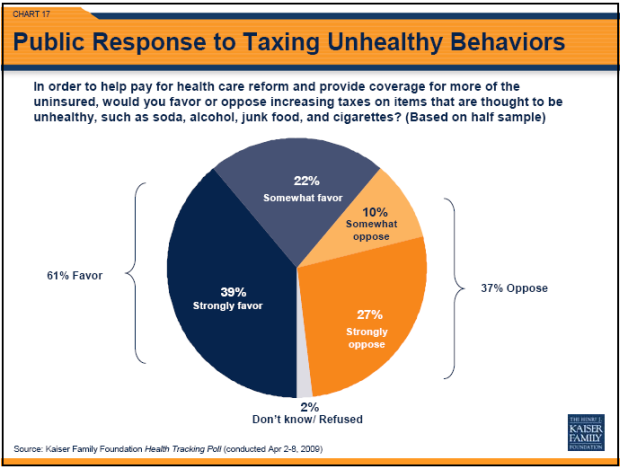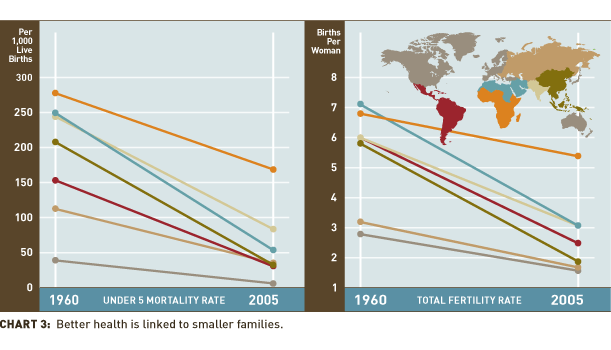As we move into the middle portion of 2010, we’re hitting the fattest part of the ARRA stimulus allocations. While there was a lot of pre-passage wrangling on both sides of the aisle about efficiency and multipliers, there hasn’t been much talk about the stimulus money’s effect on unemployment in recent months. Not since the unemployment rate has been trending in a positive direction. That means it’s a great time to examine stimulus.
Recovery.gov lists 682,779 jobs as “created” or “saved” as a result of the stimulus package. ARRA started doling out money on Feb 17, 2009, and through March 31, 2010, $205.3bn has been laid out. This means that $205.3bn has puchased 682,779 jobs, at a cost of $300,686 per job.
That’s pretty horrible. Apparently it’s not quite as straightforward as this, though, thanks to some fancy hand-waving that magically brings this number down to ~$160,000 through methods that I’ve yet to see explained. Regardless of what you believe, it’s really expensive for Uncle Sam to create jobs using good old fashioned Keynesian stimulus.
Capital intensity
The neoclassical production function is y = (K,L); that is, output is a function of capital (K) and labor (L). Modern macroeconomics throws a lot more into this function to account for other factors, but using the older capital-labor tradeoff is good enough to illustrate my point. In general, there is a tradeoff between capital and labor. You could hire 1,000 men to shovel the streets in the winter, or you could hire one guy with a plow, and the guy with the plow will do more in less time. This is why nations tend towards industrialization.
The United States is a post-industrial economy. Watch a documentary on the Hoover Dam and look closely at the sheer number of men at work. In today’s economy, a large percentage of these men would be replaced with machinery designed to do a specific job.
That means that money is being spent on capital instead of labor because stimulus money is allocated for specific tasks — not to employ workers, which is merely a fringe benefit — and then these tasks are completed by either the public or private sector (or both) using whatever mix of capital and labor is appropriate for the job.
Capital flight
Capital has to come from somewhere. In terms of traditional stimulus spending on infrastructure, you’re mostly dealing with heavy equipment manufacturers, the majority of which are located overseas. In some cases they’re headquartered elsewhere, and in some cases, their manufacturing is located elsewhere. Sometimes both. When one or both of these conditions is met, profit, jobs, or both are shipped across borders into other nations. In this respect, stimulus money is being used to create or sustain jobs in other countries.
It is possible to mandate that firms using government money buy from American corporations — the Fly America Act is an example — but this isn’t possible or desirable in all cases. American heavy equipment manufacturers don’t make all of the machinery necessary to complete some of the larger infrastructure projects that are on the table.
Job destruction and obsolescence
Another problem with stimulus spending is that quite a bit of the funding is to improve efficiency, particularly in sectors like health care. Unfortunately, “improving efficiency” usually means shifting away from labor. In a sector like health care, capital takes the form of computers and software. Primarily the latter. Automating billing, cutting back on administrative personnel, decreasing overhead, getting rid of physical records. These are the things that software is great at; it is a substitute for labor.
Software is a unique example, too. Not only does it destroy jobs in the short run, but it doesn’t create new jobs very quickly, except in the software-based industries themselves, because it’s a virtual good: all you need is a computer, an Internet server, and the intellectual capital required to make it. This breaks the normal supply-demand models in some interesting ways, because supply is functionally unlimited, but price doesn’t go to zero, even after a firm’s fixed costs have been covered. This leads to some very high profit margins.
History is littered with examples of capital displacing entire workforces. Textile manufacture during the Industrial Revolution is the most prominent example in modern history, with huge numbers of people losing their jobs thanks to the electric loom. The upside is that because of this creative destruction, whole new industries are born, and more jobs are created than were destroyed.
This doesn’t lessen the pain in the short term, however. While the labor market can and does adjust for this creative destruction, this obsolescence is occurring so quickly that many of these displaced workers are unable to acquire the skills necessary to find new kinds of employment in the new economy that’s being created. In times past, the technological increase was on the order of 3% per generation (pre-Industrial Revolution), but now stands at about 3% per year. The rapidity of this kind of change is difficult for the labor market to absorb. This is one of the causes of a jobless recovery: technology increases wealth (GDP) without using more workers to get the job done thanks to software advances and other capital-based technologies.
Conclusions
If the goal is mass job creation as quickly as possible, then the government should employ fiscal stimulus as inefficiently as it can. Employ workers where the private sector would use machinery. Employ dozens of people with slide rules instead of one physicist with a computer. Build roads by hand instead of using machinery. In short, pretend we’re a pre-industrial civilization instead of a post-industrial one. This will get you the biggest bang for your buck in terms of rapid, low-cost employment. The work isn’t desirable, and people will jump ship back to the private sector when it starts creating jobs as a result of people spending their money.
In this case, inefficiency props up the labor market in the short term.
The downside to this is that it doesn’t create jobs in the long-term growth sectors like technology, health care, and education, which are physically and intellectually capital intensive. It does, however, get a lot of people employed very quickly.






